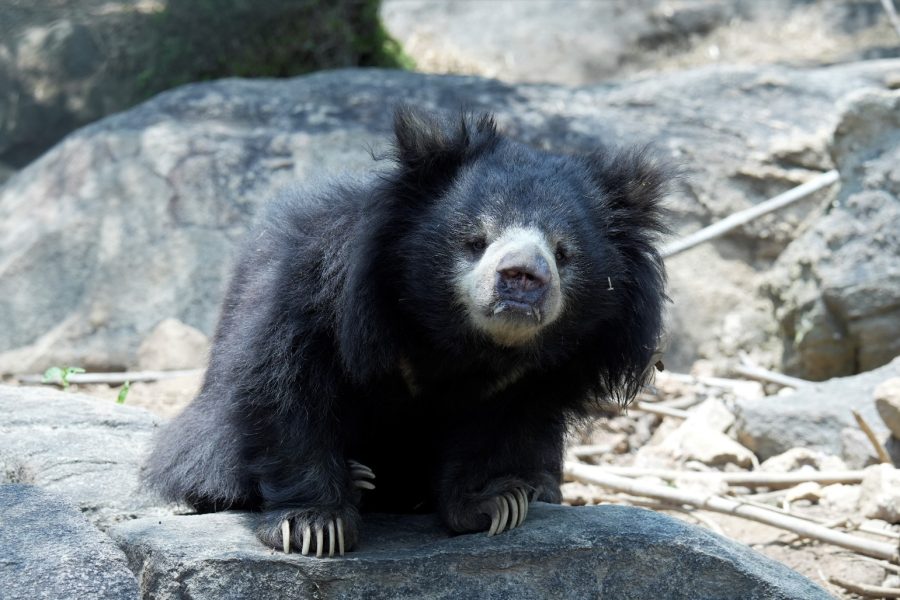By- Kartick Satyanarayan
India’s population explosion combined with its rapidly increasing density of people per square kilometer, vehicles, roads, industries has been putting the country’s forests and natural resources between the devil and the deep sea.
Starting from the collection of Tendu leaves (used for wrapping tobacco and crafting the native cigarette or “beedi”), to Honey, Roots, Tubers, Bamboo, Vines, and Grass, across all Indian forests, hundreds of thousands of people descend on the homes of unsuspecting denizens of the forest to harvest the food that rightfully belongs to them, the wild animals that depend on it for their very existence.
This increasing pressure on India’s forests and natural resources subsequently pushes wild animals that depend on the forests and these rapidly vanishing resources for food and survival to seek succour in degraded lands or the edges of villages outside protected forests. In addition to this, forest land is viewed by unscrupulous exploiters as an open treasure chest available for plundering. Forests are further victims of illegal encroachments, rampant deforestation, inconsiderate fragmentation by power lines, railway tracks, dams, canals and highways all fire eating dragons of development to accommodate the never ending demands of the exploding human population with no signs of respite.
At the current rate of destruction, the little protected forest cover (about 3%) that currently remains in India will find it an ominous challenge to survive and combined with rapidly depleting water resources, shrinking prey base and vanishing habitats that are home to 8% of the world’s species – from towering elephants, gentle sea-cows, to purple frogs and blind dolphins – wildlife too is in imminent danger of losing its battle to humans whose demands on their habitat and home are insatiable.
India’s landscape is human dominated and agricultural land, towns and villages relentlessly digest wild habitats, leaving the wild and non voting original citizens of the forest with nowhere left to run or hide. Pushed into human dominated landscapes where ironically they are blamed for the ensuing conflict with humans on territories that were once their own they learn to adapt with the changing environment or perish and become extinct! However their attempts to adapt to this aggressive form of human colonization, leaves wildlife out on a limb, left with little choice but to forage for food scraps and water near human habitation, bringing them uncomfortably close to human settlements and their livestock; leaving humans with a sense of insecurity and fear driven by ignorance, corrected only by destruction of the original inhabitant of the forests.
Human Wildlife Conflict results in collateral damage on both sides – snakes killed out of ignorance when discovered in villages, towns or cities, revenge killing of leopards when they kill livestock, Explosives placed in food for migrating elephants to be injured, mutilated resulting in an agonisingly slow and painful end when crops or fruit trees are damaged and swift death from crude country made guns for wild boars and antelopes that enter fields bordering forests in search of nourishment to avenge crop depredation. Tolerance appears to be at an abysmal all time low. Humans were more accepting of animal presence in their landscape some decades ago; sharing some of their crop or livestock with their wild cousins; however in today’s day and age, there seems to be no consideration for the fact that these wild animals were the original occupants of our forests and a part of our landscape, long before homo-sapiens started agrarian existence.
The simple logic that wild animals, forests and the eco system’s intertwined existence is critical to the survival of humans appears to be missing us. Soon every person may have his pile of gold, his land, his material assets but without the forests and the wild animals that help proliferate the forests, how is he to breathe to stay alive is a question that needs to be asked again and again!
Wildlife SOS has been working since the mid 1990’s with the mission to help make a difference to conservation. Our extension and outreach efforts have been focused on encouraging people who live in or by the forests to become protectors of various eco systems and the wildlife that we humans share our landscape with, because protecting this is indeed nothing but self preservation!
Wildlife SOS runs several projects across India to address human-wildlife conflict mitigation.
In the cold northern reaches of the Himalayas, Wildlife SOS works in Jammu & Kashmir to address the conflict between people and the Asiatic Black Bears, in Maharashtra between people and Leopards by sensitizing local communities to black bear and leopard behaviour while also teaching bear and leopard avoidance tactics! In Agra, Delhi and the NCR, we run Wildlife Hotlines to help people address conflict situations and to help translocate wildlife trapped in urban environments.
We are rapidly running out of time. As wildlife vanishes, so will forests and then it will be soon time for humans who seem to be keen on shooting themselves in the foot if something is not done. It was time to reverse things yesterday. Its time to wake up and smell the coffee!




